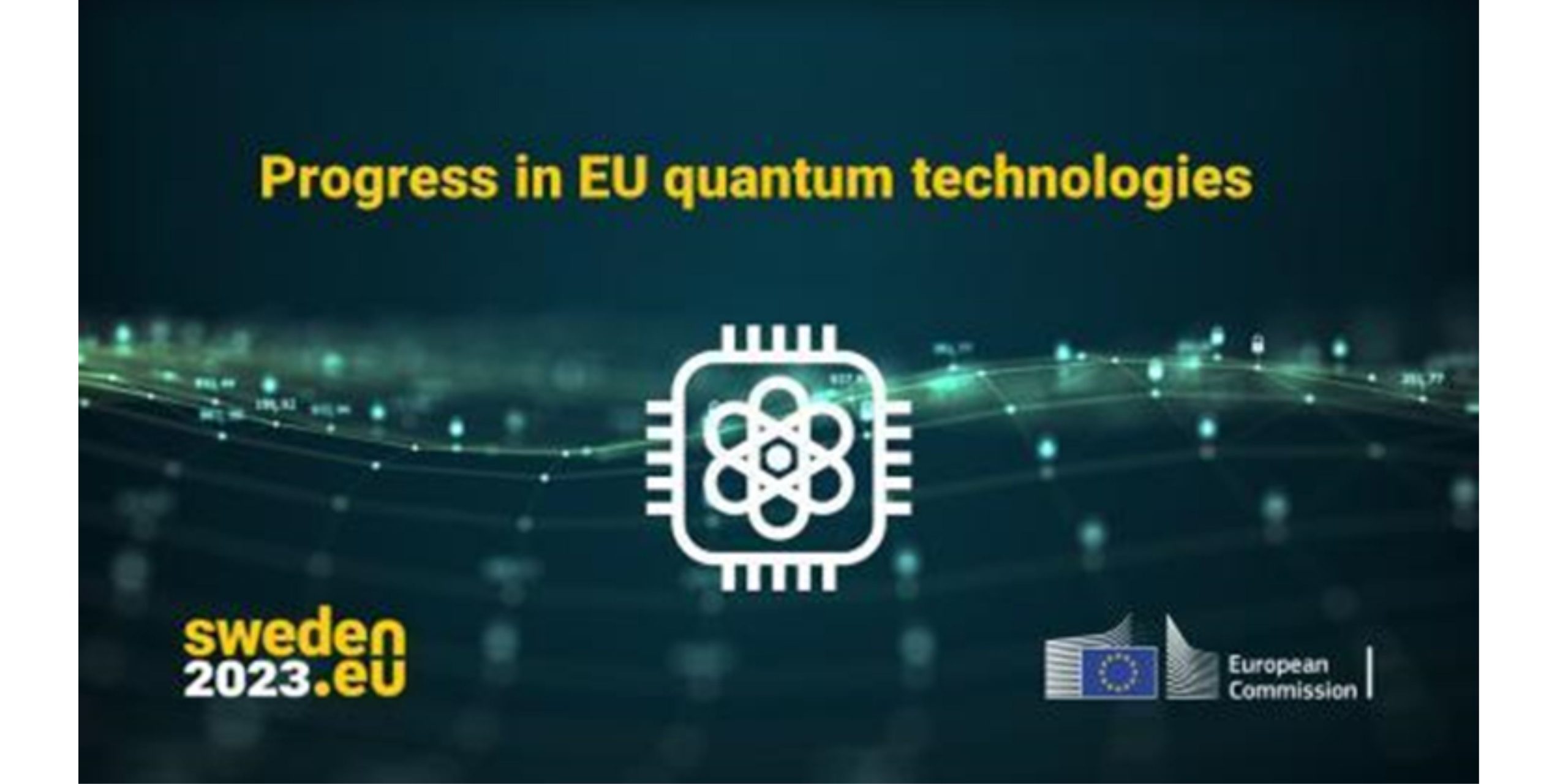The Digital Assembly offered a chance to discuss Europe’s strengths in quantum research and innovation, and to watch demonstrations of quantum technology.
EC
On June 15, 2023, in Stockholm, Sweden, policy-makers and technology specialists met at the Digital Assembly, organised jointly by the European Commission and the Swedish Presidency of the Council of the EU. The event focused on the importance of digital technologies to Europe’s future, with sessions covering such topics as cybersecurity, artificial intelligence – and quantum technologies.
The quantum session was an opportunity to reflect on progress towards the EU’s goal, under the Digital Decade policy programme, of being at the cutting edge of quantum technologies by 2030. Highlights included a video message from 2022 Nobel Laureate for Physics, Professor Alain Aspect, and a presentation by Professor Kristel Michielson of her work on the HPCQS project, which in cooperation with the European High Performance Computing Joint Undertaking is integrating quantum simulators into European supercomputers. This is the first step towards a pan-European quantum computing and simulation infrastructure, and shows that the EU is well on the way towards achieving its Digital Decade target for 2025, of having its first computer with quantum acceleration.
The second half of the session featured three demonstrations of European quantum technologies:
- a quantum computer (Chalmers University): demonstration of a machine learning task performed by a Swedish quantum processing unit, including a link with the Lumi supercomputerin Helsinki.
- Quantum communication (Petrus project): a secure video call using quantum key distribution (QKD), a highly secure form of encryption that uses the principles of quantum mechanics. This showcased EU companies’ progress in QKD and the interoperability of different technologies, which will be fundamental to making a success of the EuroQCIinitiative to build an ultra-secure pan-European quantum communication infrastructure.
- Quantum gravimeter (Exail): the only commercially available quantum gravimeter, which can measure the Earth’s gravitational field at any location with extremely high precision, and thus monitor volcanic activity, check for cavities beneath the ground, and detect hidden aquifers.
European investment in quantum research goes back to 1999, when the EU was the first global player to create a research programme focused on quantum information processing and communications. In 2018, it launched the Quantum Technologies Flagship, a 10-year, EUR one billion initiative with the aim of both supporting European research excellence in quantum and bringing the results of this research from the laboratory to commercial applications. In January 2023, the Flagship published a report on its initial three years of activity, highlighting the achievements of its more than 20 projects.
Source: European Commission | Shaping Europe’s digital future (https://rb.gy/b2uqi)
